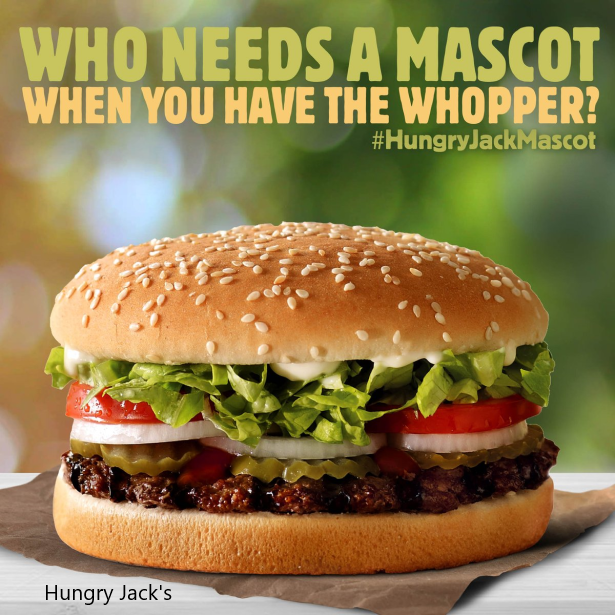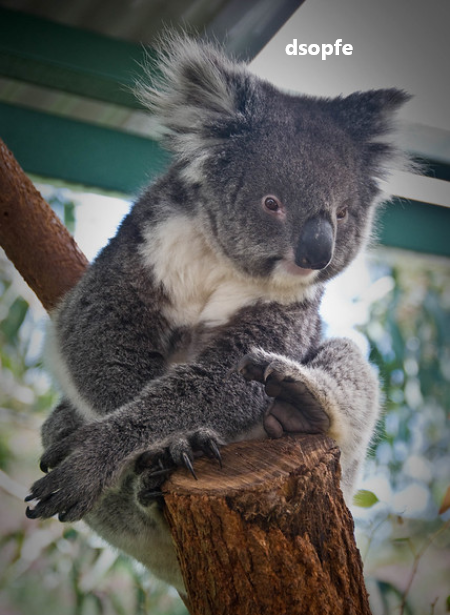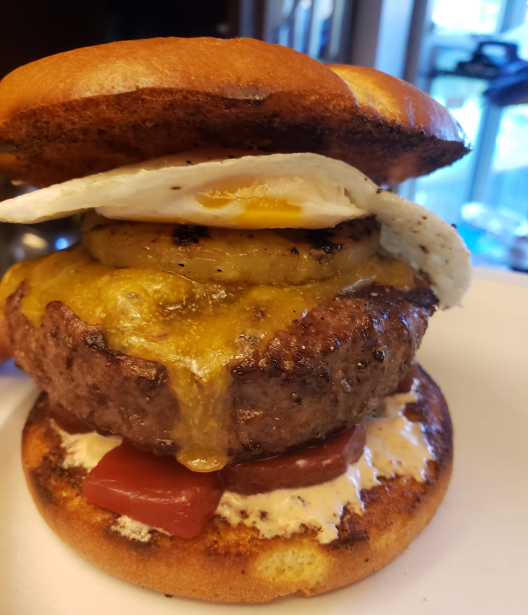KC 177 - Aussie Burger

Why Hello there, and welcome one and all to Kitchen Catastrophes, where we bring the foods of the world straight to…your…I was going to make this rhyme, but I’ve got nothing. Girls? Churls? All my best options are slant rhymes at best. Anyway, the point is we’re making Aussie Burgers. Now that I screwed up the rhyme my whole rhythm is off, so click this link if you just want the deets, and the rest of us, let’s just soldier on grimly in the face of this soul-crushing mishap.
Getting Down With The Down Under
“Aussie Burgers, Jon?” I hear you asking. “What could Australians know about hamburgers, a quintessentially American food? What do they have in common with us, that former British colony with an extensive land-mass, booming beef market and troubling history of treatment of the indigenous peoples? You know, now that I say it out loud, I can hear it.”
Imagine a mixture of didgeridoos and saxophones playing “God Save The Queen”
And all of those things are true. But they’re also kind of silly, when you remember the world we live in, and that globalism is a bridge (or knife, if that should be your opinion) that runs both ways. If I flew to Sydney right now, I could find theaters showing The Lion King, Toy Story 4, Spiderman: Far From Home, Crawl, Rocketman, Annabelle, and Yesterday. Which I know because I legitimately Googled Sydney cinemas for evidence. My point is that everyone knows about hamburgers, because they, like Hollywood movies, are something we’ve exported globally. You can find McDonald’s selling burgers in nations where they don’t EAT BEEF. So learning that Australia eats burgers isn’t really all that impressive.
But what makes the Australian burger distinctive is a special little ingredient. And what makes it infuriating is that NO ONE KNOWS WHERE IT CAME FROM. But I’m getting ahead of myself. First, a little disclaimer: Australia, as I just implied, is a fairly big country, with a wide array of people in it. Thus, just like with America, it’d be silly to call any one burger fully representative of the nation’s varied tastes and ideals. But, in my defense, burgers like this one are LABELED “Aussie Burgers” at Hungry Jack’s and other restaurants. (Hungry Jack is the name of Burger King in Australia.)
Who, I gotta say, had a great response to the idea of incorporating the King into their ads.
The reasons for the name change are a huge mess. Well, not really: There was already a company named Burger King in Australia when the company showed up, so they had to get a different trademark, and the guy running the first one was named Jack. (He’s actually still alive, too. You can straight-up MEET “Hungry Jack” if you can find a way to convince a 75-year-old billionaire to meet you.) The big mess is that due to corporate actiosn and lawsuits, there was a several year span where technically they weren’t part of the Burger King corporation anymore…but now they are again.
And while the corporate history of fast food in Australia is certainly an interesting topic, it’s not the one we’re going to focus on. No, we want to talk about what ingredient supposedly makes or breaks an Aussie burger. The controversial CORE of the dish.
Getting to the Root of the Matter
It’s beets.
Are these specific ones made by Dre? I can neither prove nor disprove the claim.
Alright, technically, it’s “Canned beetroot”, which is the same thing. Australians call beets beetroot because…well, actually, because England did, and most countries and cultures specify when they’re talking about beetroot, since you can eat the leaves and stems of beets too. We’re like, the ONLY ones who just say “beets” and assume you, like us, are rich enough to throw away half the plant. And specifically, since they’re canned beets, they’re also typically pickled beets.
It’s apparently something of an argument on whether or not you NEED beets on a burger in Australia, in the same kind of “ancient grudge breaks to new mutiny” simmering opinion mess as plagues so many of our own American cook-outs.
In any case, the explanation for why Aussies put beets on burgers…look, none of the sources I checked new. Everyone just parroted the same ideas, in almost identical language. So I’m going to at least change the ORDER and add in SOME details, so stick with me as we blaze new historical ground to at least make the same patch of grass LOOK cooler.
There’s a lot of pics of Sydney Harbor that use the Opera House, but how many ALSO include a sailing ship, eh?
The First thing you need to know is that Australia likes jokes, pranks, and verbal witticism a little more than Americans do. And it’s probably because of Crack. Damnit, I spelled it wrong AGAIN. Craic, which is the Irish trait of clever speech and humor. It’s important to remember that, due to the fact that Australia’s early population was heavily shaped by English emigration policies (more so than even America’s), that there’s an undercurrent to Australian culture that can be traced back to the norms and mores of Victorian England. And since they thought the Irish were drunken hooligans and laybouts, meant they shipped A LOT of them over to Australia. This then combined with the Potato Famine, where millions of Irish fled their home for more hospitable climes…or stole food to feed their family and were forcibly emigrated for it. In fact, the reason Australians call women “Sheilas”, is BECAUSE of the number of Irish women who arrived on their shores during the famine.
In less dark terms, I can tell you that during my brief couple of months in Australia as a young teen, the ONLY real phrases and words I clearly remember are my host father telling his son to “eat his Wheaties”, (because it was the first time I’d heard that phrase said outside of a Television show referencing the 50’s through 70’s) and jokes told by various people throughout our stay. The Australians love a good joke or prank, ESPECIALLY when they can do it to confuse or frighten non-Australians.
For instance, Drop Bears, which are a supposed carnivorous breed of Koala. Is this a drop bear? Unprovable.
As such, the story goes that Australian soldiers in the 1930’s decided to screw with American soldiers, who they’d just gotten to know through World War 1. And for some reason, settled on the idea of “beet burgers”. If I personally had to guess, since, again, none of my sources have indicated a reason for it, I bet it’s because of a point we’ve already discussed, and one we haven’t. The second one is the easiest: Australia, like America, tends to call any sandwich they serve on buns a “burger”. So you can have chicken burgers, beef burgers, pork burgers, fish burgers, etc etc. And that then combines with the point we already discussed: beet vs beetroot. Because BEET looks a lot more like BEEF than BEETROOT does. So I bet there was a typo or misreading, and someone just…leaned into it. “Y’all are having BEET burgers?” the American asked, shocked and confused. The Aussie immediately doubles down: “Oh yeah, sure mate. Love ‘em!” And then he’s got to actually got GET some beet to put on a burger to show the American.
Which is fortunate that, right around the 30’s, industrialized canning facilities were built in Australia, canning beets! (This is normally cited as the first part of the equation: that the newly canned Beets gave the Aussie Soldier easy access to the beets, and therefore the inspiration for the prank, but we’re turning things around.)
And…it just stuck. Beets on burgers is a THING the Aussies do now. But not the ONLY thing. But let’s discuss that in the actual cooking!
An Awful Lot of Work
The title here is a clever ruse/reference that won’t become clear to you until later, because honestly, making even the most complicated of Aussie burgers isn’t very much work.
An aussie burger starts the same place a normal American burger starts, with beef patties and a grill.
Meet the meat.
I got Nate to help me out with this, which turned out to be potentially a mistake. But we’ll get to that in a second. For now, we’re going to cut up our toppings. A Standard Aussie burger uses lettuce, tomato, and onion, just like a standard American burger. The more upscale or “true” Aussie burgers will griddle or even caramelize their onions, but we didn’t do that. IN fact, we didn’t even grab the lettuce, tomato, or onion, because we were kind of burnt out.
We also skipped the next part of the full Aussie burger experience, which are griddled rashers. Or, if you’re not Australian or British: fried bacon. Yes, a full Aussie burger with all the trimmings (or “the lot”, as they call it) is a bacon cheeseburger with added elements. But again, we were stumbling toward the finish line of the week, and didn’t want to deal with cooking bacon. So we skipped it, but if you’ve got more time, feel free to cook some up and add it. We did, however, use the OTHER two cooked elements of “the Lot”. The first of which was super easy for us to acquire.
Speckled squid husks?
Fried eggs. This was actually part of the pitch to my brother, as he loves burgers with fried eggs. So we divided our labor so that I’d fry the eggs, cut the beets, and handle the rest of the proceedings, and he’d cook the burgers, because the last time I cooked the burgers, we had multiple complaints that I didn’t cook them long enough. This turned out to be somewhat short-sighted, as Nate cooked them EVEN LESS than I did. It turns out NO ONE in our family remembers how to cook hamburgers correctly.
While the burgers were cooking, we also lightly grilled some pineapple, another staple of “the Lot”: With earthy beets, smoky bacon, and rich egg and onions, you need some acid and sweetness to balance everything. Nate refused, as he doesn’t like pineapple in any non-fruit salad application. And given that we’d ditched half of the flavors it’s meant to balance, maybe I should have avoided it too, but too late for that.
I meant to have a picture of the pineapple here, but I didn’t take any. It was just canned pineapple, so instead, here’s how the beets looked after being cut.
The last ingredient we added…seems to be an American twist on the idea. In Australia, they’d use Ketchup or Tomato Sauce (which is an Australian variant on the same idea that ketchup is based on, but a little thinner, less sweet, and more vinegary) as the base sauce. One site I checked openly derided the idea of Mayonnaise on an Aussie Burger. But others I found recommended barbecue sauce, or, in an option that showed up multiple times, a Chili-Mayo blend, made by combining mayonnaise, sometimes ketchup, and some form of hot sauce or chili paste. For simplicity’s sake, I just mixed Sambal Oelek with mayo, and put it on. And our final burgers were visually quite impressive.
This is a brick of a burger mates, let me tell you.
Flavorwise, both Nate and I really dug the combination. Nate openly acknowledged it was much better than he thought it was going to be, and I quite liked it as well. I think, as noted earlier, that the pineapple was a little much, with the removal of the onions and bacon, as in my burger I had trouble determining whether a given bit of sweet acidity in a bite was from the beets or the pineapple, but it was still quite good. My biggest complaint is that I legitimately could not eat all my burger, as the center was just a touch too rare for me. But overall, it was a delicious experience, and one I’d happily repeat, maybe this time with the onions and bacon prepped. It’s something I recommend you try as well, as I feel that experimenting and expanding in simple ways like this is a great way to broaden your culinary horizons.
As always, if you want to help support the site and help us keep making messes like these, consider supporting us on Patreon. Or spread the word about us on Social media. We have a Facebook page, Twitter account, and Instagram that we update…whenever Jon is paying attention.
THURSDAY: WE DIVE DEEPER INTO THE WORLD OF BURGER CUSTOMIZATION, WITH INGREDIENTS, SAUCES, AND TOOLS FOR TAKING YOUR GRILL GAME TO THE NEXT LEVEL.
MONDAY: I THINK WE’LL BE TAKING THINGS IN A DIFFERENT DIRECTION, AND TACKLING A DESSERT FROM THE FROZEN NORTH.
Welcome to the
Recipe
Aussie Burgers
Serves 2
Ingredients
“The essentials”
2 beef patties
Salt and pepper
2 buns
Sliced pickled beet (enough to cover bottom bun)
2 slices cheddar cheese
Additional Burger Toppings for “The Lot” (add portions as desired)
1 half-onion, thinly sliced, grilled if possible, caramelized if possible.
Sliced tomato
Lettuce leaves
2 eggs
2 slices pineapple
4 slices bacon
¼ cup mayonnaise
1 tbsp sambal oelek
Preparation
Heat grill to medium-high. While Grill heats, season burger patties on both sides.
In a medium-low skillet, fry bacon (if using) until crisp. Remove from skillet, and crack in eggs. Fry, flipping once, for roughly 4 minutes, until whites are set, but yolks are still runny. Add burgers to grill, and cook, 4 minutes per side.
While burgers are grilling, mix mayo and sambal together in small bowl. For last 2 minutes of grilling, add sliced cheddar to patties to melt.
Layer burger as follows: on bottom bun, spread chli-mayo, then add beet slices. Add burger patties, then bacon, then pineapple. Add fried egg and lettuce. Spread additional chili-mayo on top bun, adhere tomatoes. That order should HOPEFULLY minimize the amount of ingredients sliding around on you, but if you’re not concerned with that, or have a method you think is superior, feel free to go you own way.














